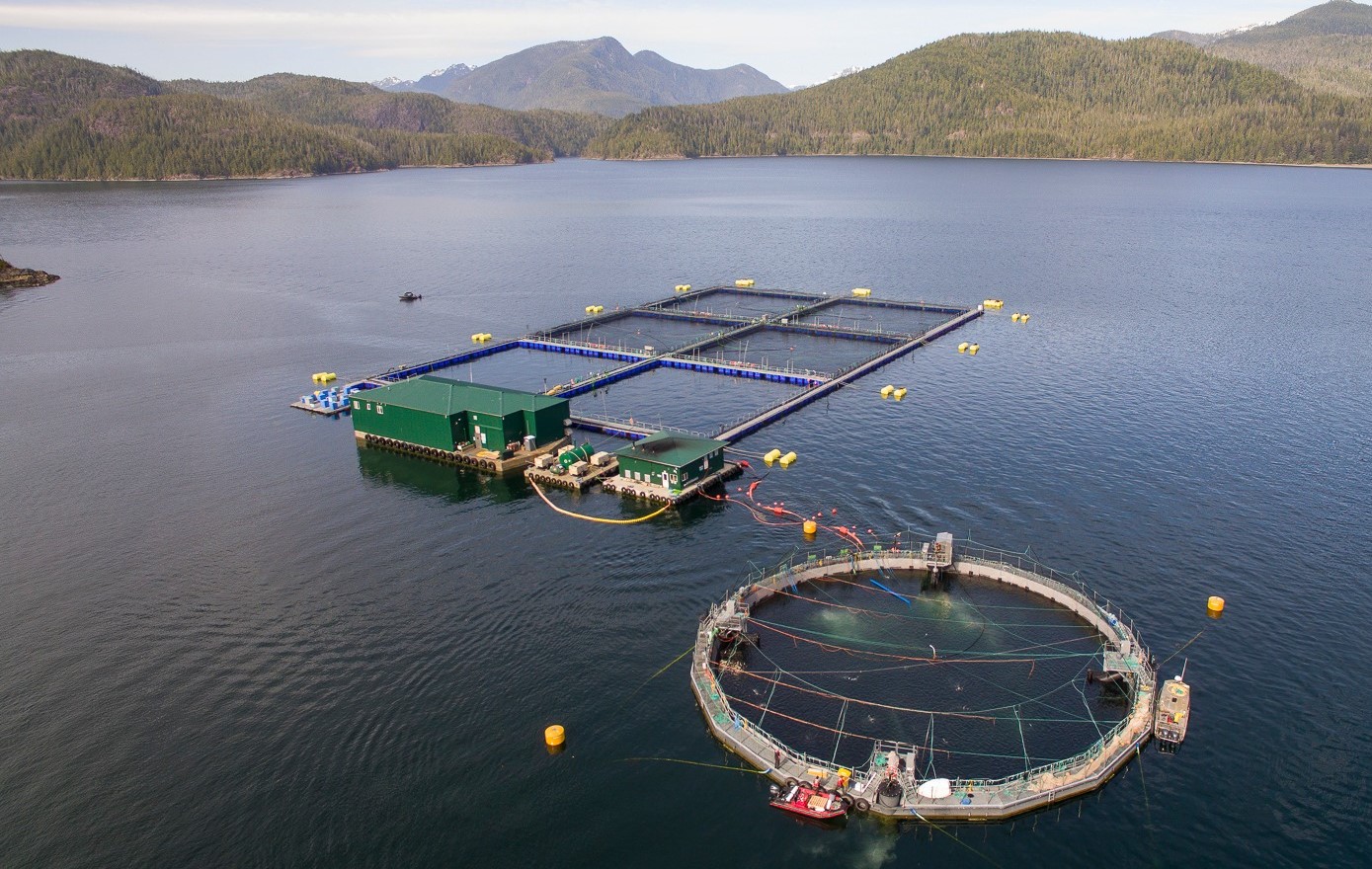Semi-closed systems will soon be installed at all three Grieg Seafood BC Ltd.’s fish farms in Esperanza Inlet.
The CO2 L flow system gives farmers the ability to lower or raise custom farm enclosures.
Grieg says this ensures farmed fish benefit from natural ocean conditions and will provide protection for wild salmon.
The estimated cost of the project is approximately $9 million, and the work is expected to take eight to 12 months to complete.
“As a company, we are always looking for ways to improve our operations, and this includes transitioning from standard farming equipment, to new, cutting-edge technology aimed at reducing potential impacts from our operations,” said Rocky Boschman, managing director for Grieg Seafood BC Ltd. “This new system utilizes retractable barriers, which are capable of being lowered to 15 metres, fully encapsulating the sides of the farm. This has several benefits, including preventing the lateral interaction of wild and farmed salmon populations, providing protection for farmed populations from harmful algae, and allowing our farmers to better control water quality in the system using a unique aeration technology.”
According to Dan Lewis, executive director of Clayoquot Action, open-net pens have a free flow of materials including sea lice coming out magnified, the fish are crowded and get sick and mass quantities of feces are released into the ocean.
He says companies are now putting forward semi-closed systems as a solution, referencing Cermaq testing the system in Tofino.
“Cermaq put in a semi-closed system in Tofino a couple of years ago,” said Lewis. “We got divers to go down to the bottom and we saw a rain of salmon feces coming out of the bottom. Semi-closed systems will not solve the issues wild salmon are facing.”
Lewis says the solution is to move fish farms inland as they would separate the salmon, but these solutions can be quite expensive.
“As ocean-based farmers, one of the most common questions or concerns we hear is regarding sea lice, and the transfer of lice between wild and farmed populations,” said Boschman. “The CO2 L flow system with its barrier protection has resulted in drastically reduced sea lice numbers on the farmed population,. During the trial period at our west coast site, we were able to keep sea lice levels so low that the fish did not require treatment for lice. Overall, we are pleased with the results and there is no denying that this new system represents a transition towards what in-ocean farms can one day become.”
“Semi-closed systems are immature technology under development, therefore it is not surprising when you are trialling new technology, you will run into challenges”, said Dr. Peter McKenzie, Cermaq’s director of Fish Health. “This was our first attempt to grow fish of varying sizes in a semi-closed environment and unfortunately, due to water quality issues, fish performance was affected and resulted in fish mortality.”




